Why is it so difficult to oppose counterfeit products? Explanation of the importance of countermeasures, key points, and what they should be.
Why is it so difficult to oppose counterfeit products? Explanation of the importance of countermeasures, key points, and what they should be.
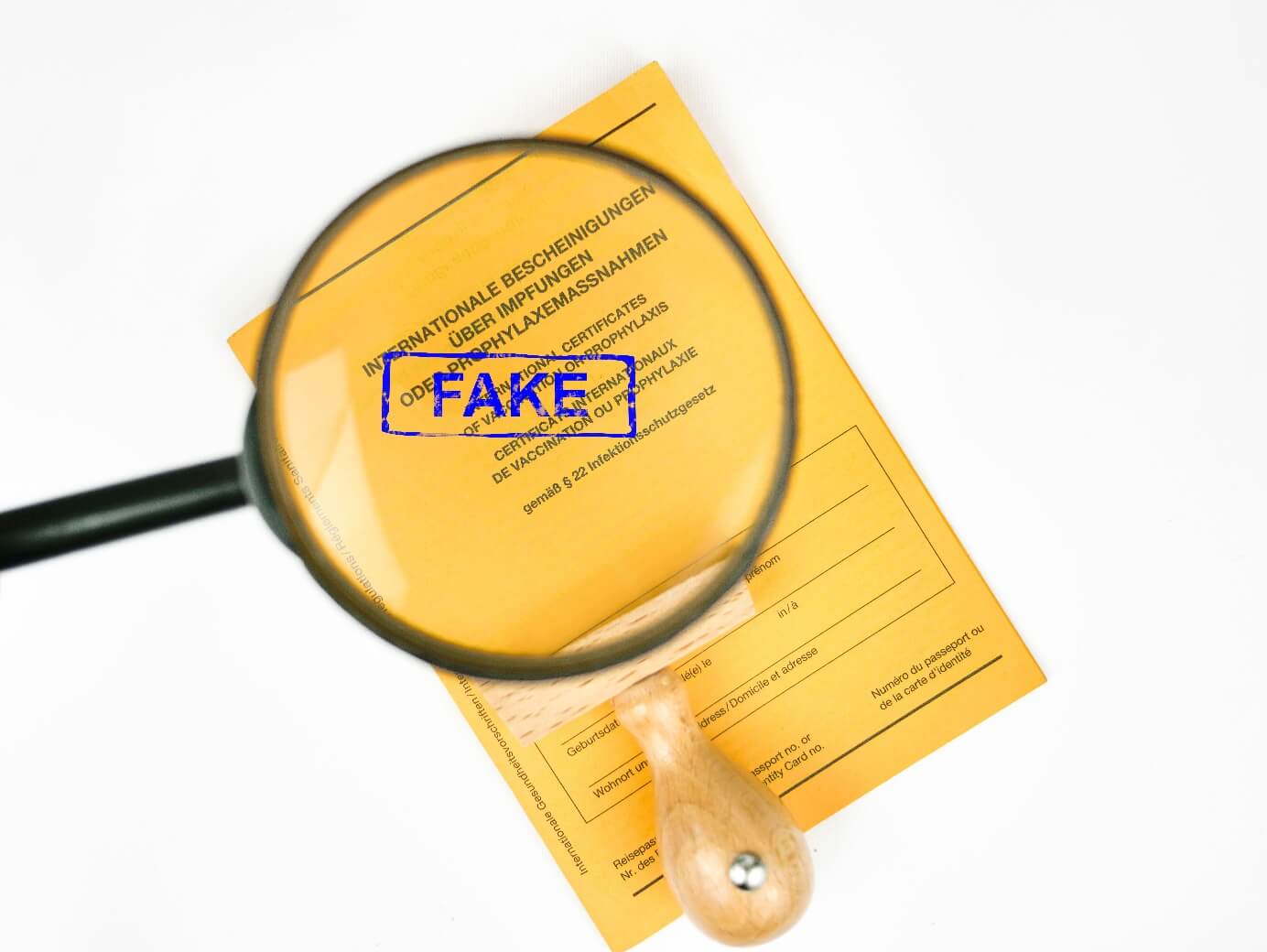
Although damage caused by counterfeit products has been increasing in recent years, it is difficult to oppose Fake goods due to the limitations of duplicating individual identification codes and preventing counterfeiting. However, counterfeit products must be addressed because of the risk of brand damage and loss of competitive advantage. This article explains the methods and difficulties of counterfeit countermeasures and introduces a system that uses "stealth individual identification technology" as an effective counterfeit countermeasure.
Table of Contents
- 01What are counterfeit products?
- 02Why is it important to fight counterfeit products?
- 03How to oppose counterfeit products?
- 04Why is it so difficult to oppose counterfeit products?
- 05What are the key points and the ideal form of counterfeit products countermeasures?
- 06What is the technology to identify "digital fingerprints" that cannot be visually distinguished?
- 07What is an anti-counterfeit products system using stealth individual identification technology?
01What are counterfeit products?
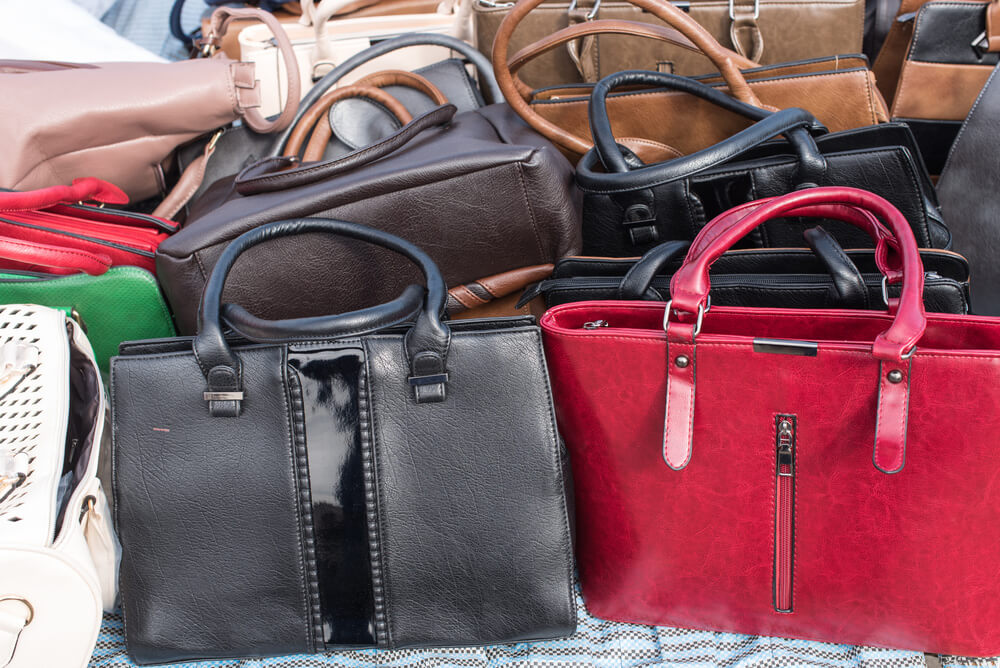
Counterfeit products are products made by copying the design and shape of the original product.
Although similar in appearance and function and easily misunderstood as authentic products, they do not necessarily use the brand's logo or name.
Although not legally illegal in some countries in some cases, it because of the possibility of infringing on intellectual property rights, is considered problematic as a risk to the design and identity of the brand
What are Fake goods?
Fake goods are products that use unauthorized brand logos, names, packaging, etc., and are sold under the guise of being authentic. Fake goods are subject to strict legal control because they are clearly intended to mislead consumers into believing that they are authentic and infringe intellectual property and trademark rights.
Fake goods are counterfeit goods that are difficult to identify.
02Why is it important to fight counterfeit products?
Risk of brand damage and loss of competitive advantage.
The global pandemic of 2020 caused a rapid expansion of the e-commerce market and triggered the mass distribution of counterfeit products. The mass distribution of counterfeit products increases the risk of damaging consumers' brand image and trust in the company.
If consumers purchase counterfeit products and are dissatisfied with their quality, the company's brand image may be adversely affected. In addition, the distribution of counterfeit products may lead to a decrease in brand scarcity and sales.
Distributions of counterfeit products, if left unchecked, will affect the brand and sales, so action must be taken at an early stage.
Damage to Japanese companies caused by counterfeit products is on the rise.
In addition, the technology to produce counterfeit products is developing every year, and products with high Profits and market share are particularly vulnerable to being targeted.
According to a survey by the Japan Patent Office, global counterfeit products have caused $464 billion in damages (equivalent to 2.5% of the world's trade value*1), and Japanese companies have suffered an estimated $29.4 billiondamages*2 (approximately 3.2 trillion yen) in .
The amount of damage is increasing every year, and the damage is spreading to the Japanese market as well, making counterfeit products an increasingly serious problem.
*1Refer to: Japan Patent Office, "Research and Study Report on Counterfeit Products Using AI".
*2See: Japan Patent Office, "Survey on Estimated Damage Caused by Imitations of Japanese Corporations by Industry (FY2021)".
03How to oppose counterfeit products?
Countermeasures include preventing the spread of distributions of counterfeit products and preventing consumers from purchasing them. Let's take a look at specific countermeasures.
Prevent the spread of distributions of counterfeit products
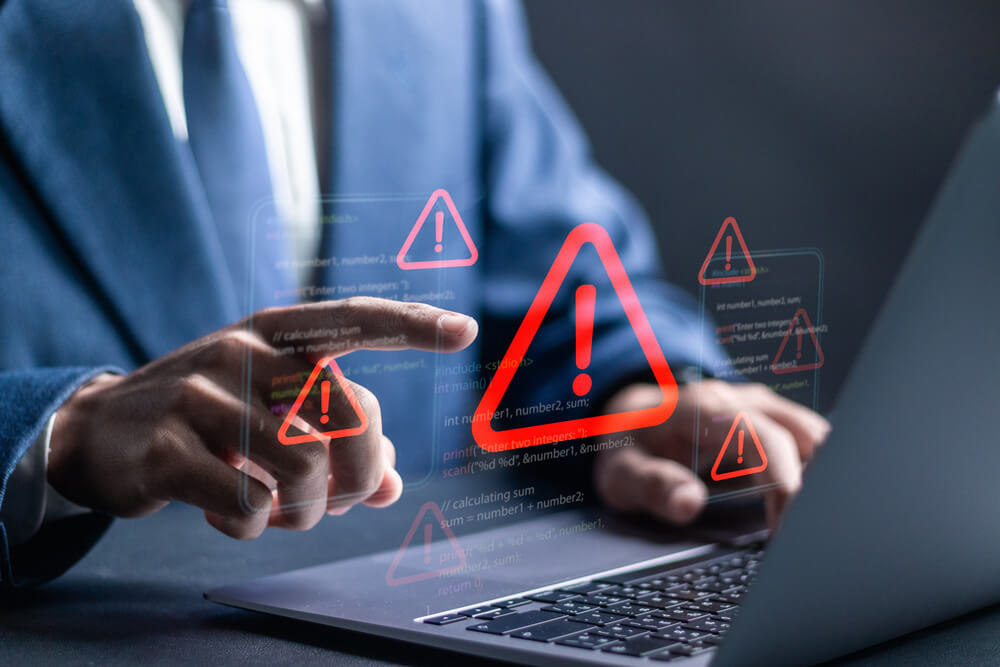
First, take measures to prevent the expansion of distribution of counterfeit products. There are three specific preventive measures
- Notices and Alerts
- Monitor Logistics on e-commerce sites, etc., and apply for removal.
- Customs injunction measures
Notification and Alert
If you discover the existence of counterfeit products, it is important to "notify" consumers of the fact that counterfeit products exist.
Prevent consumers from being disadvantaged by the use of counterfeit products.
At the same time, by making companies aware of the existence of counterfeit products, it will help them to demonstrate that they will never tolerate counterfeit products.
Attaching a message directly to the product itself warning consumers against counterfeit products is also effective.
Monitoring of Logistics on E-commerce sites, etc., and Application for Removal
When counterfeit products are found circulating on e-commerce websites, "Monitoring and Removal Request" is an effective way to prevent the distribution of counterfeit products. By cutting off the sales channels of the creator of counterfeit products, the distribution of counterfeit products is prevented. The application for removal should be made in accordance with the terms and conditions of the e-commerce site or service provider, and by enforcing trademark rights and other rights.
Customs Injunction Measures
It is not uncommon for counterfeit products manufactured overseas to be brought into your country. In such cases, a "customs injunction" is effective. By applying for a customs injunction, the applicant company will be notified when a suspect product is discovered.
Preventing consumers from purchasing the counterfeit products /giving consumers identifiable markers to identify them
This is a method of providing products with an authentication mechanism utilizing holograms or product IDs, so-called "Genuine product markers". By putting in place a system that allows consumers to check that a product is a Genuine product before purchase, counterfeit products can be prevented from being purchased.
In addition, the presence or absence of an identifiable marker makes it possible to identify whether the product is a Genuine product or a counterfeit product.
Identify the source of Logistics by identifying the distribution channels
By assigning each product a unique individual identification code, such as a serial number or 2D code, and recording detailed information such as manufacturer, date and time of manufacture, and shipping address in a database, it is possible to trace the product.
By comparing these data with the distribution channels in the database, the distribution channels can be verified and it is possible to tell if the product is a Genuine product or not.
04Why is it so difficult to oppose counterfeit products?
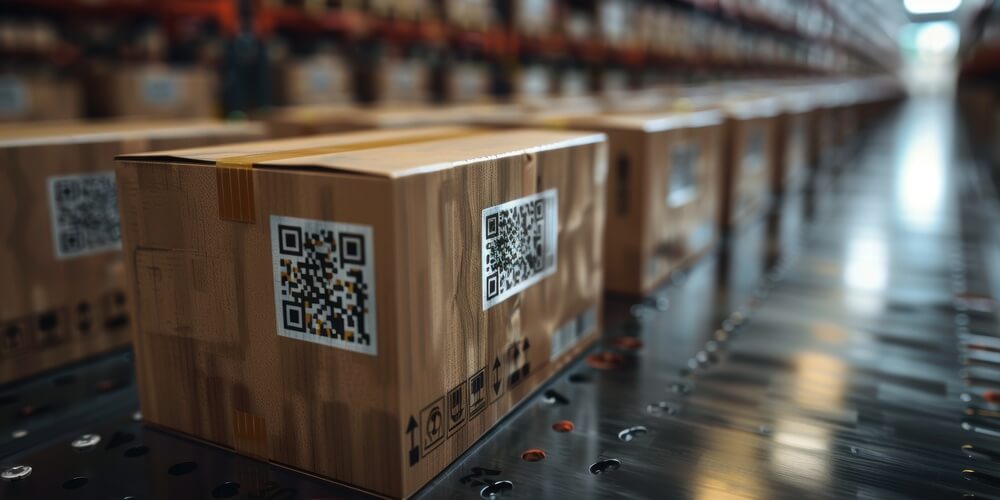
Difficulty in authenticity determination due to duplication of individual identification codes
Individual identification codes assigned to products to mark them as Genuine products and for traceability are effective means of distinguishing them from Genuine products. However, there are cases where individual identification codes themselves can be duplicated.
Duplication of individual identification codes distorts the certainty of the distribution channel, making it difficult to determine whether the product is a counterfeit product or not.
Limitations of using products and packaging to prevent counterfeiting
Counterfeit products are becoming more precise, making it difficult to visually distinguish between products and packages.
Even with special processing and printing, counterfeit products can still be imitated, making it difficult to determine that they are Genuine products without relying on individual identification codes.
The above factors make it difficult to oppose counterfeit products using individual identification codes and packaging.
It is difficult not only for consumers, but also for manufacturers to identify and oppose counterfeit products.
05What are the key points of opposing counterfeit products and what should be the ideal form of opposing counterfeit products?
The situation is such that it is difficult to counteract the use of individual identification codes or packaging in a way that guarantees that the product is a Genuine product. In such a situation, it is important to establish a system to identify counterfeit products in a way that is not recognizable to the counterfeit distributor.
Establish a system to identify counterfeit products in a manner that is not recognizable to counterfeit distributors.
Counterfeit products can be imitated by counterfeiters only if they are guaranteed to be Genuine products by means of visible codes such as serial numbers or codes, or by special processing. Therefore, it is important to establish a "system to identify counterfeit products in a way that is not recognizable to counterfeit distributors.
If the product can be identified in a way that is not known to the counterfeit Logistics, the traceability of the product can be assured even if it is counterfeited.
A specific example is technology that identifies "digital fingerprints.
06What is the technology to identify "digital fingerprints" that cannot be visually distinguished?

Stealth individual identification technology" is one of the "digital fingerprint" identification technologies. It enables individual identification of Genuine products and counterfeit products without the use of visible codes.
What is "stealth individual identification technology" that identifies slight unevenness in printing?
"Stealth individual identification technology" is a counterfeit protection technology that identifies slight unevenness in the natural printing surface of a package. Even if the same design is printed on a package, the package has slight unevenness in the natural printing surface at a level that is impossible for the human eye to distinguish.
Since each unevenness is different, like fingerprints, it is possible to identify the differences between individual products by imaging and identifying unevennesses in the printing.
No special processing of the package is required to identify it as a Genuine product without using a visible code.
Stealth individual identification technology allows product information to be managed in a way that does not use "visible codes" such as barcodes.
In addition to the 2D code conventionally used, Stealth individual identification technology manages "digital fingerprints" and makes it possible to manage products in a way that counterfeit products distributors will not be able to recognize.
Therefore, even if the code is duplicated, the management by stealth individual identification guarantees traceability, making it possible to distinguish Genuine products from counterfeit products.
07What is an anti-counterfeit products system using stealth individual identification technology?
"Deep IS" for enhanced traceability reliability.
Fuji Seal International offers "Deep IS" a traceability system that utilizes stealth individual identification technology.
"Deep IS" utilizes "stealth individual identification technology" that identifies slight unevenness in printing and traces the product, thus enabling to offer Counterfeit protection technology for each product without the use of 2D codes.
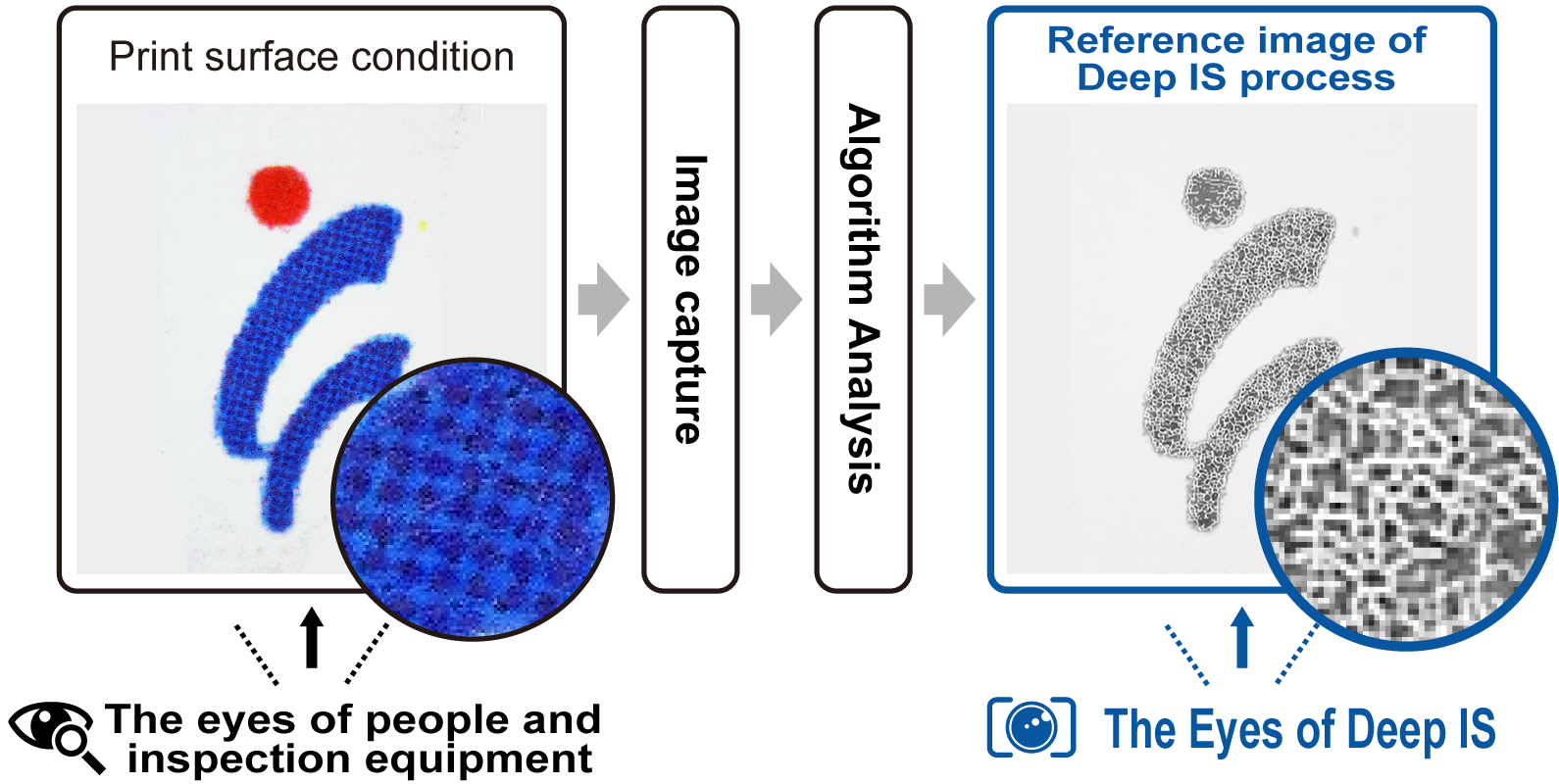
Smartphone authentication enables authenticity determination on the consumer side.
The individual identification information is stored in the system's Data. Consumers who purchase a product can use their smartphones to take a picture of the product package, which can then be checked against the identification information in the system's Data to make an authenticity determination.
In the event that counterfeit products are purchased by mistake, consumers can also identify Fake goods themselves through smartphone authentication.*
*Smart phones are limited to certain models.
Easy handling and operation with microscope and PC.
"Deep IS" can be introduced with a microscope to image the package and a PC to manage product information.
Since it is possible to supply labels already registered for individual identification, it is relatively easy to implement without significantly changing the flow of the current shipping and Logistics process.
For those interested in Deep IS
For more information on Deep IS, including case studies and product details, please see the following services for more information.
'Deep IS' is a trademark or registered trademark of the Fuji Seal Group.
